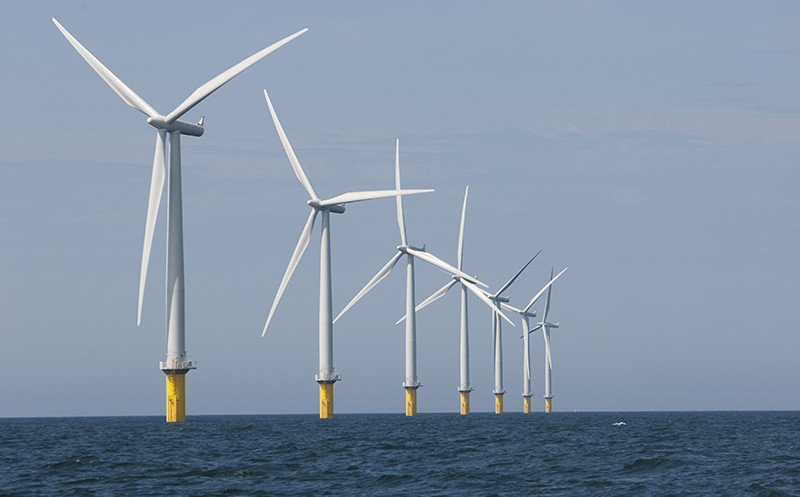The Biden administration’s direction on offshore wind energy is straightforward. Just five days after a March 3 notice in the Federal Register announced that the Bureau of Offshore Energy Management had resumed work on a final environmental impact statement for the 800-megawatt Vineyard Wind project off southern New England, it was done.
The reversal from the outgoing Trump administration’s 11th-hour shut down of that review was widely expected by both wind power advocates and critics. It’s clearly a signal to the wind industry that things are moving its way – very fast.
“Offshore energy development provides an opportunity for us to work with Tribal nations, communities, and other ocean users to ensure all decisions are transparent and utilize the best available science,” said BOEM Director Amanda Lefton, who was recruited to the Biden administration after working in New York state government to advance renewable energy programs there including offshore wind. “We appreciate everyone’s participation in the process and look forward to continuing to work with stakeholders on the future analysis of offshore wind projects.”
Maritime trade groups are enthused, anticipating a whole new growth sector after the prolonged offshore oil slump.
“A timely and effective permitting regime is a necessity in developing the generational energy and economic opportunity of offshore wind. With Interior’s announcement, we are closer to that reality,” said Erik Milito, president of the National Ocean Industries Association.
“This is the day the U.S. offshore wind industry has been anxiously awaiting for years. Today’s announcement provides the regulatory greenlight the industry needs to attract investments and move projects forward,” said Liz Burdock, the president and CEO of the Business Network for Offshore Wind. “The U.S. can’t be one and done. Otherwise, we cannot compete with the explosive growth currently seen in Asian and European markets.”
It’s a complete turnaround from December, when Vineyard Wind withdrew its construction and operations plan from BOEM review asking for time to “conduct additional technical and logistical reviews” for using larger, more powerful GE Haliade-X turbines.
The Trump administration’s Department of Interior leadership upended the process, declaring developers would need to start the permitting process over. Wind power skeptics suggested Vineyard Wind was just looking for a better deal when the Biden administration got in place.
On top of that, the department’s top lawyer issued a legal memorandum arguing that Interior officials were under obligation not to approve any ocean industrial development that would impede fishermen’s ability to work in those areas. Commercial fishing advocates saw the Trump administration blow and Interior’s legal memo as a boost for fishermen to slow the pace of wind energy siting and permitting processes. But now the tide running the other way.
“It would appear that fishing communities are the only ones screaming into a void while public resources are sold to the highest bidder, as BOEM has reversed its decision to terminate a project after receiving a single letter from Vineyard Wind,” the Responsible Offshore Development Alliance, a coalition of fishing groups and communities, said when BOEM restarted the Vineyard Wind review.




